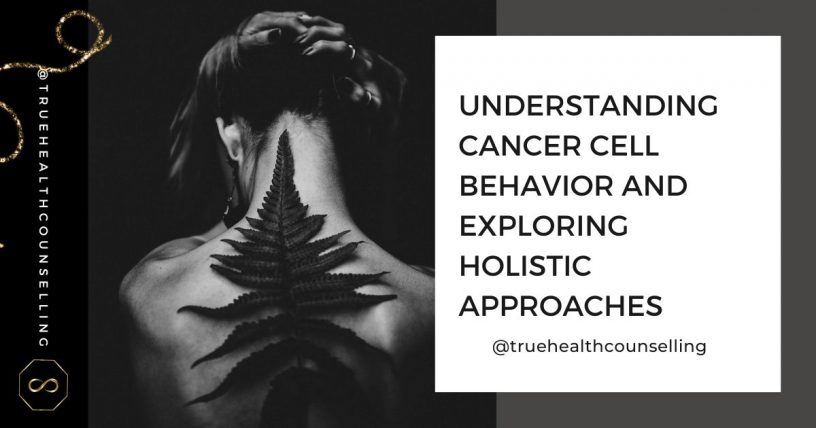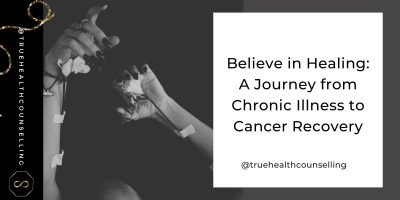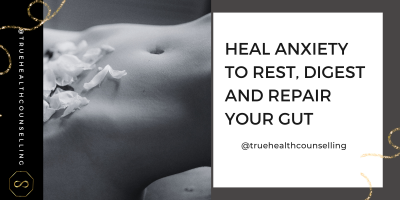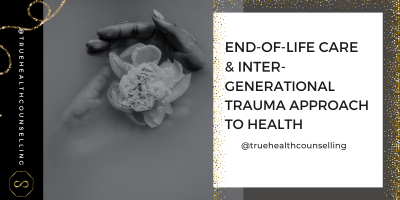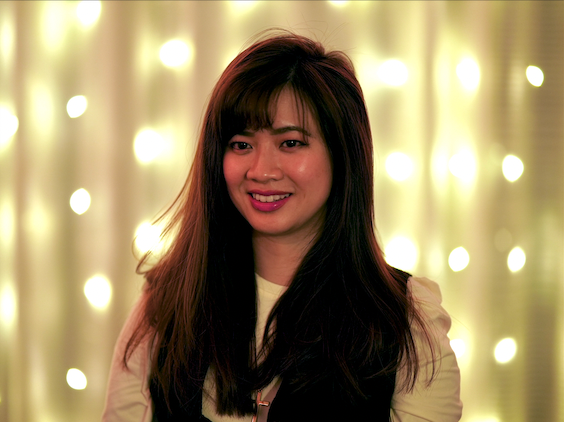Understanding Cancer Cell Behavior and Exploring Holistic Approaches
Cancer, a word that strikes fear into the hearts of many, is a complex and multifaceted disease. While Western medicine has made significant strides in treating cancer, there are still aspects of this disease that remain elusive. In this article, we will delve into how cancer cells behave at the cellular level and explore holistic methods that offer a different approach to understanding and combating this formidable adversary.
The Cellular Perspective
To truly grasp the nature of cancer, we must first peer into the world of cells. Western medicine, although remarkable in many ways, often focuses on the physical manifestations of illness rather than delving deep into the cellular realm. When a health issue arises, tests are ordered, and diagnoses are made. Treatment options usually revolve around medication, radiation, or surgery, aimed at halting the physical source of the problem. While these interventions can be effective in halting cancer’s progression, they often fall short of addressing the root causes.
Cancer is notorious for its ability to evade the body’s natural defences and reappear even after successful treatment. This cycle of remission and recurrence raises important questions about whether we are truly addressing the underlying factors that lead to cancer development in the first place.
The Limitations of Western Medicine
One glaring limitation of Western medicine, particularly in cancer treatment, is the collateral damage it inflicts on healthy cells during chemotherapy. The dreaded side effects, such as hair loss and nausea, are a testament to the indiscriminate nature of these treatments. While Western medicine undoubtedly excels in emergency and acute care situations, where its ability to save lives is unparalleled, it falls short in the realm of chronic care.
The Need for Holistic Approaches
For those seeking a more comprehensive understanding of illness and a path toward true healing, holistic approaches offer a promising alternative. Holistic medicine takes into account not just the physical symptoms but also the emotional, mental, and spiritual aspects of a person’s well-being. It seeks to treat the whole person rather than just the disease.
A holistic approach to cancer recognizes that the disease may have deeper roots than the physical manifestation. It encourages exploration of the emotional and environmental factors that could contribute to cancer development. This broader perspective opens doors to a range of complementary therapies that can work in harmony with conventional treatments.
Bridging the Gap
Rather than viewing Western and Eastern medicine as opposing forces, it’s time to envision a healthcare system where they complement each other. The ideal healthcare system is one in which both approaches can coexist, collaborating to provide the best possible care for patients.
Imagine a world where Western medicine’s life-saving interventions are complemented by Eastern practices that focus on healing at the cellular and holistic levels. This integration could bring about a true healing paradigm, addressing the root causes of diseases like cancer while also providing effective treatments.
In conclusion, cancer is a formidable foe, but understanding its behaviour at the cellular level and exploring holistic methods can bring us closer to healing. Western medicine, with its strengths in emergency care, has its place, but for chronic conditions like cancer, a holistic approach that incorporates Eastern practices may hold the key to lasting healing. The future of healthcare lies in the collaboration of these two worlds, working in coherence to benefit the health and well-being of individuals around the globe. Together, we can create a healthcare system where East meets West, and true healing becomes the ultimate goal.
Sincerely,
Tracey Nguyen, RN MN Holistic Psychotherapist
Please Check My Books and Courses to Learn More about How Your Body Heals Cancer & Feel to Heal the Body
DISCLAIMER:
All the information is for education purposes only and any information implemented is at the user’s own discretion. This information does not replace any health care/medical professionals or medical treatments. The information is from the author’s opinion and personal lived experience.
